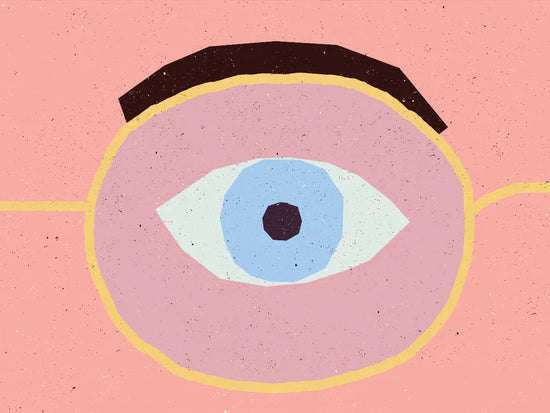Cheatsheet
Need a hand with your eyes? Allow us!
Get an eye exam
An eye exam consists of a series of tests that give your eye doctor the full picture of what’s going on with your vision.
Keep a copy
Your prescription may seem intimidating at first, but this handy piece of paper indicates your corrective needs. If you want to understand what those symbols mean, check out our blog post.
Get your PD taken
Your pupillary distance is the distance between the centres of your pupils. It is used to properly align your lenses and ensure accurate vision.
PRESCRIPTION
Prescription eyewear and what it all means

Reading glasses
Reading glasses are typically associated with an eye condition called presbyopia or hyperopia, which comes with age and is more or less unavoidable.
Available without Rx in the following range: from +0.5 to +3.25Price start at: $149

Single vision lenses(for nearsightedness)
Single vision lenses correct a very common eye condition known as nearsightedness (or myopia), which causes distant objects to look blurry.
Price start at: $149

Single vision lenses(for farsightedness)
Single vision lenses are also used to correct farsightedness (hyperopia), a common eye condition that causes nearby objects to be blurry.
Price start at: $149

Multifocal lenses
Multifocal is a blanket term that can designate progressive, degressive, or anti-fatigue lenses, all of which can correct vision at two or more distances at once (whether near, intermediate, or far).
Price start at: $375







